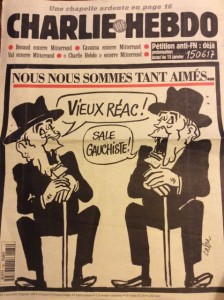Growing up in Kingston, Ontario in the early 80s, and in particular going to high school at Kingston Collegiate and Vocational Institute at that time, I was surrounded by a lot of musical talent. Like the four guys who I was lucky enough to play in my first band with: Gord Downie, Grant Ethier, Andrew Frontini, and Steve Holy, the Slinks. I snuck into the band by virtue of playing a bit of blues harp. They had been playing for a while already, with a focus on Teenage Head covers (“Lucy Potato” inspired my nickname “Joey Potato”), and decided to take a blues direction so brought me in on the harmonica. I could also play a little bit of guitar and keyboards, but I essentially had to learn those on the job, to sometimes passable results (especially on guitar), and sometimes not (especially on keyboards).

We never did go very deep into the blues, for some reason. I know my own music listening had already transitioned from Howlin’ Wolf and Muddy Waters to Funkadelic and Iggy and the Stooges. My big harp numbers were the Stones Midnight Rambler and the Doors Roadhouse Blues, though I think we did also do Messing with the Kid by Junior Wells. We did a couple songs from the Bowie/Iggy catalog that had a heavy Stones influence and so worked well with especially how Steve played guitar, and probably also with how Gord sang, though I wish in retrospect that I’d pushed for the Stooges, which I’m sure they would have both done a great job with. We probably thought those songs wouldn’t have worked with our other material, or maybe that people would think they were too weird (some other friends – pictured here – and I used to bring Raw Power to parties with the thought that we’d disrupt the proceedings in a suitably punk way).
The Bowie song was Watch that Man, which was undoubtedly a source of a lot of learning for both Gord and me. I remember clearly sitting in the backyard with my Tele, working on memorizing all of those chord changes, and I also remember the satisfaction of getting through it on stage. I learned how to sing it myself last year, and discovered that it’s incredibly hard – the vocals come in with key changes, and it’s way out of my range – I had to bring it down a fifth. I wrote to Gord about it, and he told me that the Hip had played it in an encore on a tour when they were learning a new song each night – impressive in light of my struggles with that song, but I guess that’s the sort of thing you can do when you get as good as they are. The Stonesy Iggy song the Slinks played was Consolation Prizes, which was one of my favorite Slinks songs – I can still hear Steve playing the James Williamson Mick Taylor ripoff slide part.

I only remember a few other songs that we played. There was some definitely some Clash – London Calling and Brand New Cadillac. One that sticks out in my mind is Rick James’ Super Freak – it must have been hilarious hearing Gord sing that, with me playing a cheezy synth part. Another one that I remember well is the version of Sweet Jane from Lou Reed’s Rock and Roll Animal, which we played as our big first number for our biggest gig, a high school dance in the KCVI gym. It has a ridiculously complicated intro part, the mastering of which was our biggest musical accomplishment. When the chords for the actual song kicked in, Gord made his entrance. Even if it wasn’t the Stooges, it was still pushing the boundaries for a high school dance. The other shows I remember are our first one, at the Yacht club (the Slinks also played there without me), and our last one, at the Polish Hall. I have only the vaguest memory of an outdoor show on a farm, but I think it might have been pretty great. We never realized our grandest ambition, which was to play one of the bars in town. 15-to-17-year-olds tend to have a hard time convincing bar owners to give them gigs.
I saw Gord some years later at the Polish Hall, for Paul Langlois’ stag. I remarked that it was funny that that was the site of the last Slinks show, and he said, “Yeah, right before I was kicked out of the band.” I actually can’t remember why we decided to break up at that point – I think it was because we were generally tired of the teenaged band drama, and we hadn’t really found a common musical mission. One big mystery to me is why we never tried to write anything – if we had, maybe we would have found something we wanted to keep pushing at. I think it simply never crossed our minds that we could write music together. Gord probably perceived the breakup as him being kicked out because the rest of the band did in fact play a show shortly thereafter, but with another singer, as well as another guitar player. We called ourselves the Jim Jones Band, and played the Lake Ontario Park country talent show, with a rockabilly version of Iggy’s Dog Food, and a pornographic version of Rod Stewart’s Hot Legs, during which we were unplugged. That was our only show, but it was a highlight of my musical “career”. As great as that one show was, I’m pretty sure we didn’t break up the Slinks to do it, but who knows, maybe we were stupid enough to kick Gord out of our band.
In the big picture though, the teenage drama was completely eclipsed by the the fact that we were living out our teenage dreams of playing in a band (at a high school dance!), and getting that rush for the first time that you can only get playing music with other people, especially in front of an audience. I’ve had plenty of flashbacks over the years to my parents’ basement where we rehearsed and where I learned the art of rock and roll, and I know I’m not the only one.
The Slinks all went on to bigger things musically. Steve moved on to jazz guitar, and then to bass, and he’s now a mainstay of the Vancouver jazz scene. Andrew became an architect, but has always had musical projects on the go in Toronto (Quadruped and others). And Grant was in the Thirteen Engines and the HellBillies, and ran the Funhouse, a recording studio that was at the center of a thriving Kingston music scene in the early 90s that I got to be a part of in a band that I played in over a few summers in Kingston, Hungry Tim.
I got to realize our bar gig dream not too long after the Slinks split up – I did a couple shows there with some of the Slinks and some other friends at the Terrapin (now the Toucan), which was the site of many of Hip’s early shows. And some time after that, I even got to play the Horseshoe in Toronto with Hungry Tim, thanks to Gord. I’ve kept at it sporadically over the years (here’s my best recent song), and in many ways, I’m still the same person I became in that basement. I’ve got my own basement studio in a red brick house with a noise-tolerant family in another small college town with a proud rock history and thriving music scene. Most recently, I did a couple shows that would have made teenage me extremely proud – we got a Bowie tribute together in January, as well as a Stooges set a couple months later. And I even got to be the singer, which entailed a whole lot of learning (cramming, even).
What Gord managed to accomplish with the Hip artistically, commercially, and culturally is way beyond anything that we could have possibly dreamt of as teenagers. I’m heading back to Kingston this weekend to watch the Hip play the last show of what might be their last tour. Even though it’s hard to come to grips with the fact that Gord’s very sick, it’s beautiful to see him continuing to do what he loves to and has become so, so good at. He has developed his voice into a really fantastic instrument. I particularly like the high register that I think I first heard on Bobcaygeon, and which he says served him well for the Hip’s take on Watch that Man. Like me, Gord was learning on the job in the Slinks – though he did have a natural stage presence. He’s come as far as he has by working really hard. And he’s also become a great songwriter (hearing Bobcaygeon for the first time was also the moment I said to myself that Gord had become a great writer). This also takes tons of work, which he didn’t start doing, as far as I know, until he joined the Hip. I know that when I fantasize about what I’d do if I knew my days were particularly limited, I imagine quitting my job and putting myself full time into making music. I don’t know if I’d really have the courage or tenacity to do that, since I didn’t have it when I was younger, which is why it’s so inspiring that Gord always has had it, and still does now.
Update Sept 10. 2016
I arrived in Kingston to have my brother point out the first of the pictures above in the local paper, just one of the many surreal features of all of this. The big event of the show for me was Gord’s putting the PM on the spot for native issues, and I’m so thrilled to see him continuing to work on those, combining his concern with his art. Looking around his Facebook page after going there for the Secret Path stuff, I came across this:
“I got into my first band when I was 16. They already had something going. I just wanted in. Nothing was going to stop me. Up until that time, I don’t remember ever having had that …singularity of purpose. I was going to be in that band. I wanted to sing. Even if I couldn’t.”
I also see he was in the tribute business too, with a Lou Reed cover after his death.
I got some very nice feedback on this piece from friends in Facebook, including Matt James’ filling in some details on the farm show:
“…the farm party was Wildestock. I got a ride home with Gord and Paula, and we drove the wrong way, only realizing it in Napanee. I thought, “oh shit,” but Gord laughed, relishing the comically epic wrong turn.”
Update Oct. 18, 2017
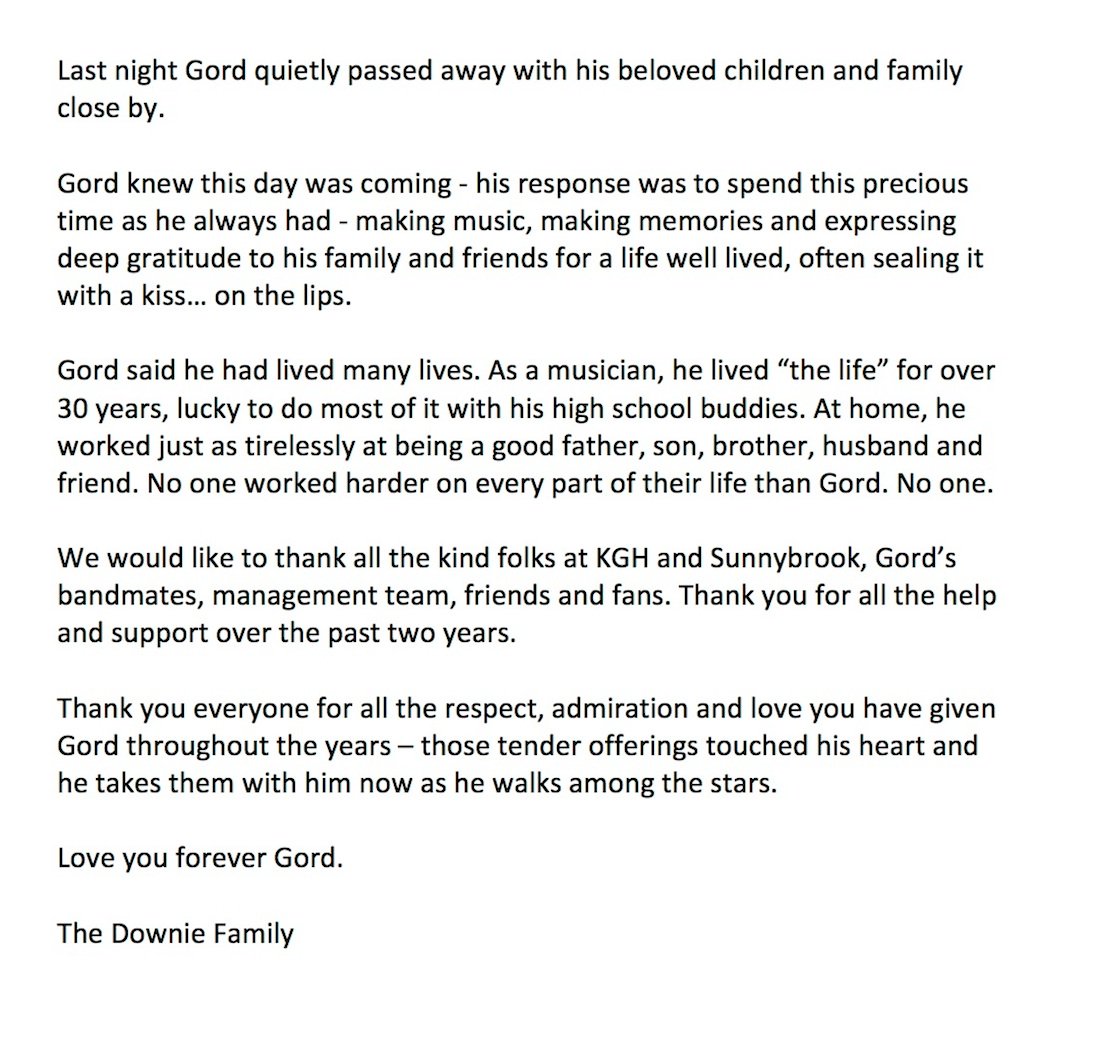
Update May 12, 2018 Photo credits added.
Update May 20, 2018 Steve Holy has a better memory than me! Turns out the Jim Jones Band show happened before, rather than after, the Slinks shows I played with Gord, and that the farm show was the Filters, not the Slinks. A full Slinks chronology is here.
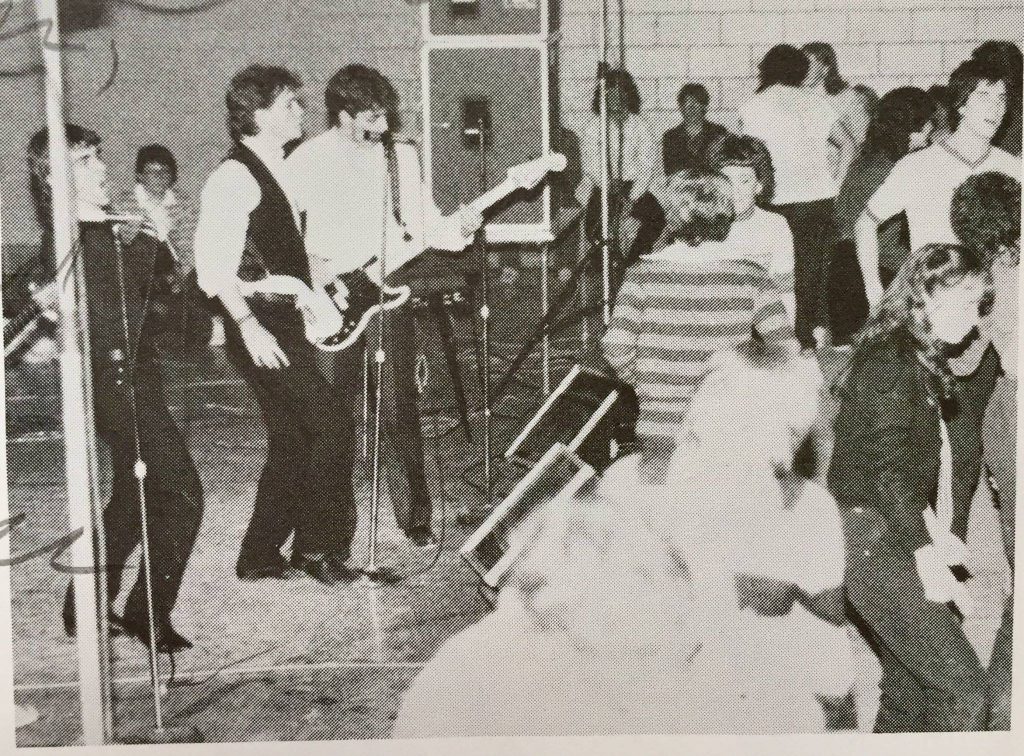
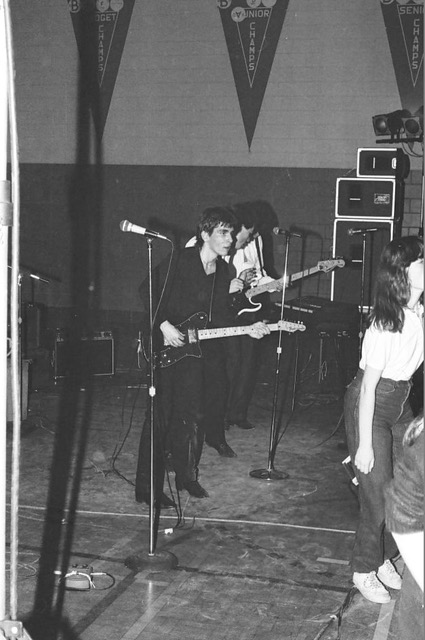

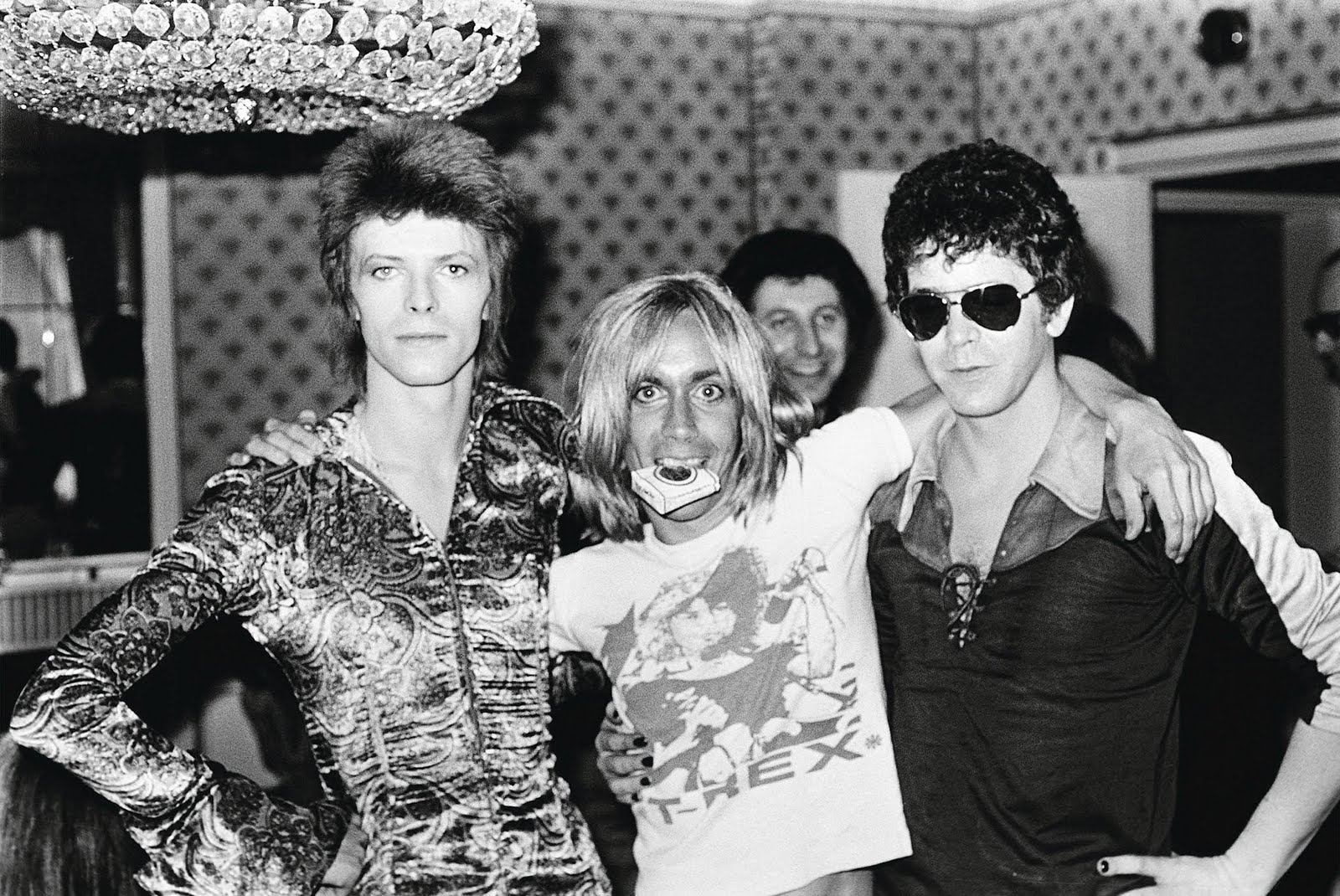

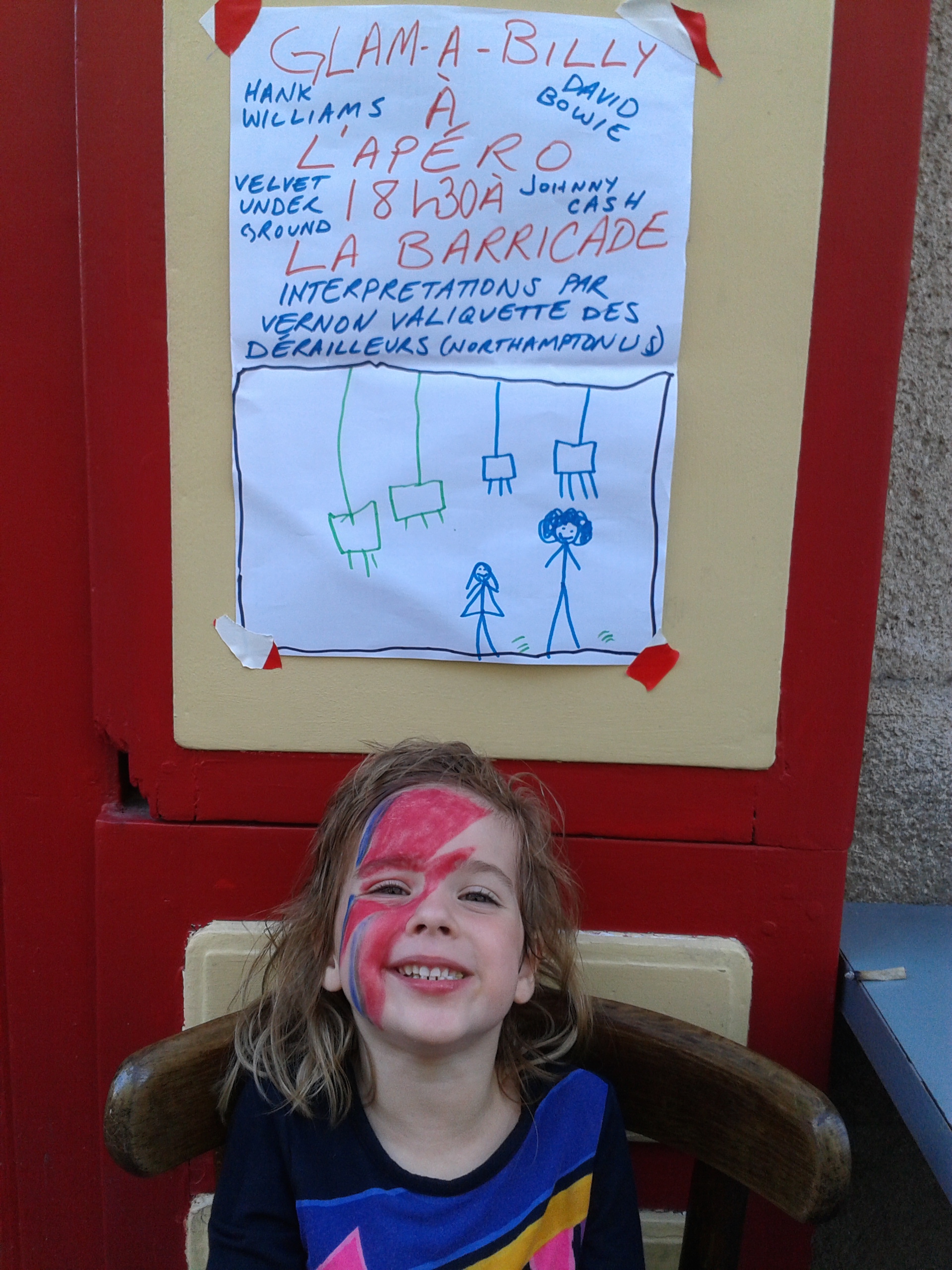
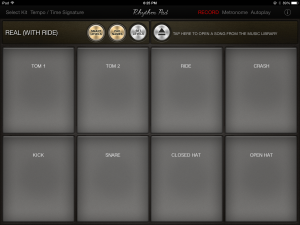
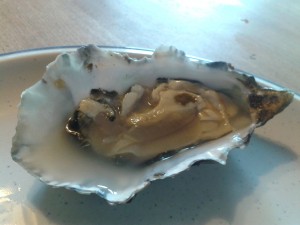 They come from Noirmoutier, and are sold by their
They come from Noirmoutier, and are sold by their 
